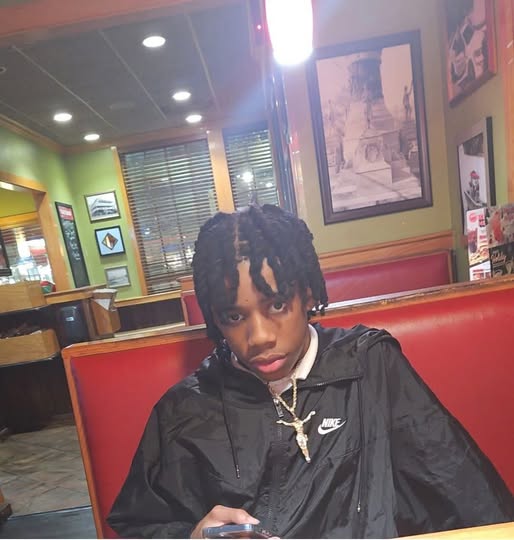A tragic and deeply unsettling afternoon unfolded in Montgomery, Alabama, on Thursday when 15-year-old Brantley Lee was found fatally shot near the intersection of Air Base Boulevard and Gibbs Village. Authorities confirmed that Brantley, a young boy with his life ahead of him, had succumbed to a gunshot wound by the time emergency responders arrived. The killing is now being formally investigated as a homicide, adding another painful chapter to the city’s ongoing struggle with youth gun violence.
The incident took place in the middle of the day—around 2:30 p.m.—a time when schools are out for summer and children are often seen walking through their neighborhoods. That sense of routine was shattered when police and emergency medical personnel responded to reports of gunfire near a gray Honda sedan, where Brantley’s lifeless body was discovered.
Despite the efforts of first responders, he was pronounced dead at the scene.
The setting of the crime—Gibbs Village, a historically underserved community on Montgomery’s west side—has seen its share of challenges, but few incidents have struck with the emotional impact of a teenage boy gunned down in broad daylight. Though police have not released details regarding a possible motive or suspect description, the case is being treated with the urgency that the loss of such a young life demands.
Authorities have yet to announce any arrests in connection with Brantley Lee’s killing. With no suspects in custody, the Montgomery Police Department is actively seeking the public’s help, urging residents, passersby, and even those who may have surveillance footage from nearby homes or businesses to come forward with any information that might aid investigators.
The scene where Brantley was found—a gray Honda sedan parked in the area of Gibbs Village—is believed to be central to the investigation. Police have not indicated whether the car was connected to the shooting, if Brantley was a passenger or was merely near the vehicle, or if the incident was related to an altercation or drive-by. However, the presence of the vehicle at the scene has become a critical clue as investigators continue to process evidence.
As the investigation unfolds, the community is left grappling with the raw shock and grief of yet another young life ended far too soon. Friends, neighbors, and classmates of Brantley Lee have begun mourning the teen on social media, sharing messages of heartbreak and anger at a senseless loss. Several posts included tributes calling him a “sweet soul” and “a good kid,” with others questioning how such a tragedy could occur in their neighborhood during the daytime.
In recent years, Montgomery has seen a troubling rise in youth-related homicides, and Brantley Lee’s death has renewed demands for action—both in terms of community-based interventions and more comprehensive policing strategies. Public officials have expressed concern over the uptick in teen gun violence but have also emphasized the importance of community trust and cooperation in solving crimes like this one.
Investigators working the case have stated that even small pieces of information—a sound, a sighting, or a recollection of unusual activity near the time of the shooting—could make a critical difference in identifying the person or persons responsible. The Montgomery Police Department’s tip lines remain open, and anonymous tips are welcomed.
As of now, the motive remains unclear, and authorities have not speculated on whether Brantley was the intended target or an innocent bystander caught in a conflict not his own. In either case, the finality is the same: a young life has been lost, a family shattered, and a community forced once again to confront the brutal cost of unchecked violence.
This homicide also highlights the ongoing debate over gun access, youth protection, and the need for violence intervention programs—not only in Montgomery but across Alabama and the broader United States. While investigators focus on piecing together what happened to Brantley Lee on that Thursday afternoon, civic leaders and community organizers are left asking the harder, systemic questions: Why are our children still dying in the streets? And what more must be done to keep them safe?
At this moment, the most immediate concern remains justice for Brantley Lee—a 15-year-old who will never return home, never go back to school, never grow into the promise of adulthood. His name now joins a growing list of youths lost to senseless gun violence in Alabama, and his story becomes yet another reminder of the devastating human toll these shootings inflict—not only on the victims and their families but on entire neighborhoods left with grief, fear, and far too many unanswered questions.
Anyone with information related to Brantley Lee’s homicide is urged to contact the Montgomery Police Department or CrimeStoppers. Police remain hopeful that with the community’s help, they will be able to find those responsible and offer Brantley’s family the justice and closure they so urgently deserve.

